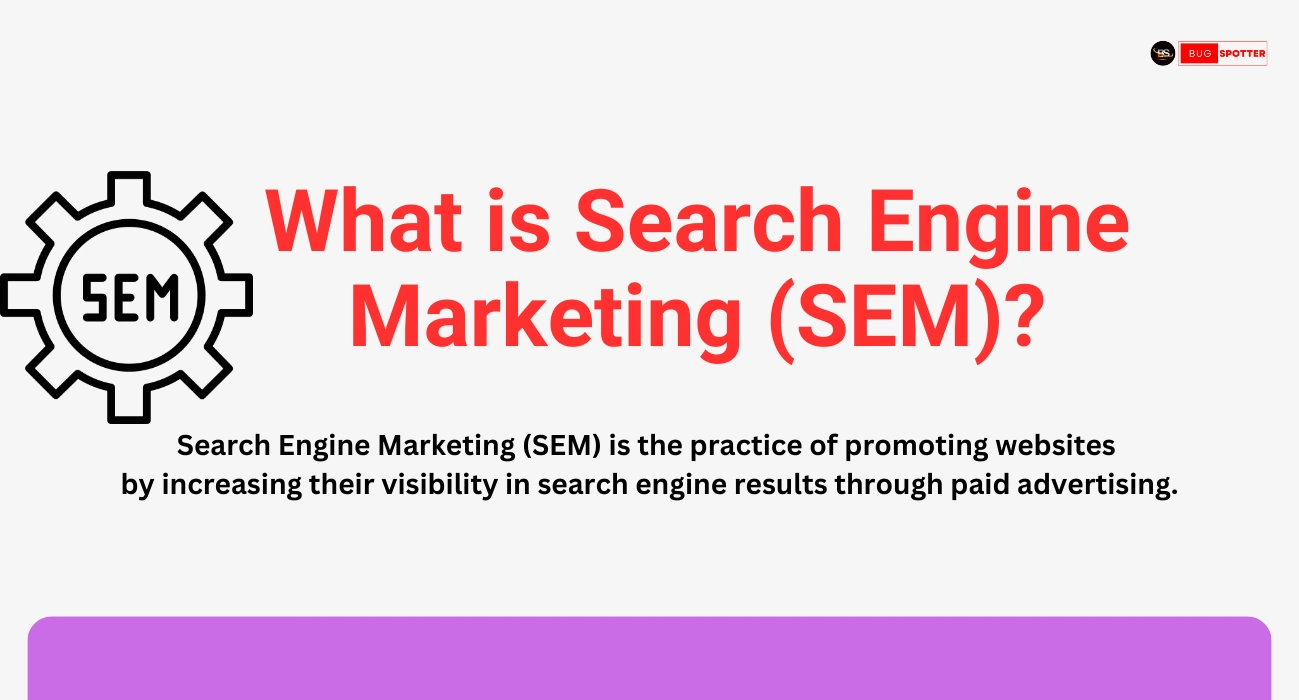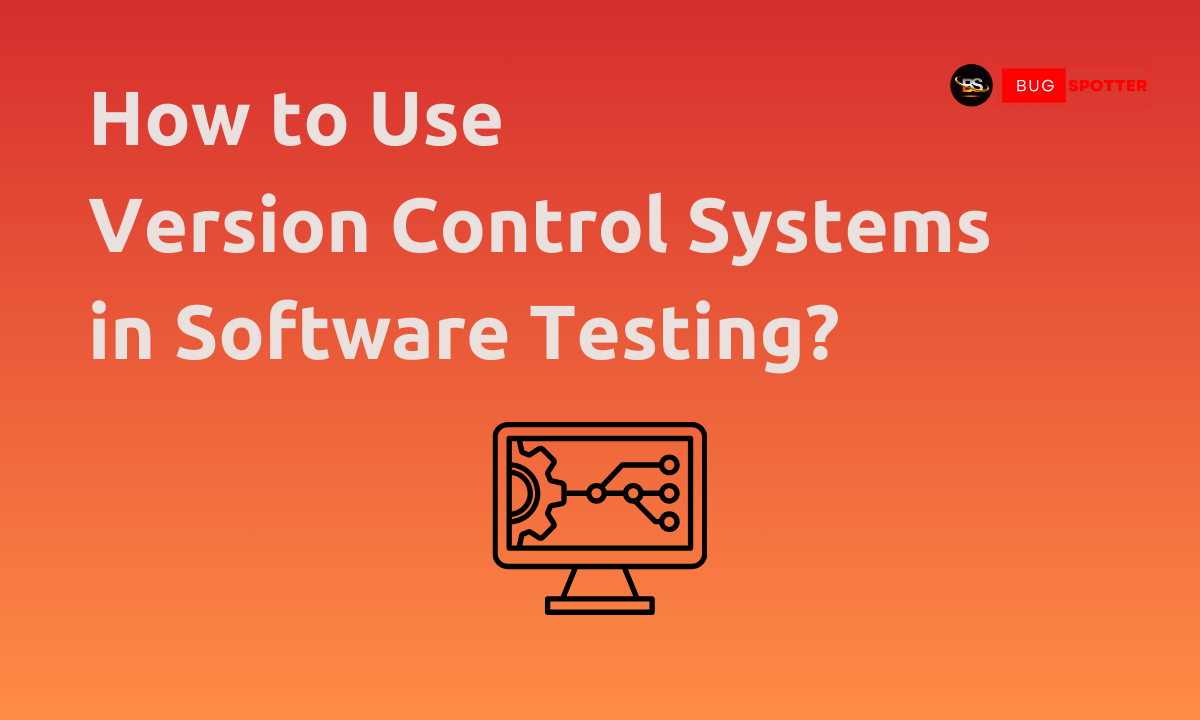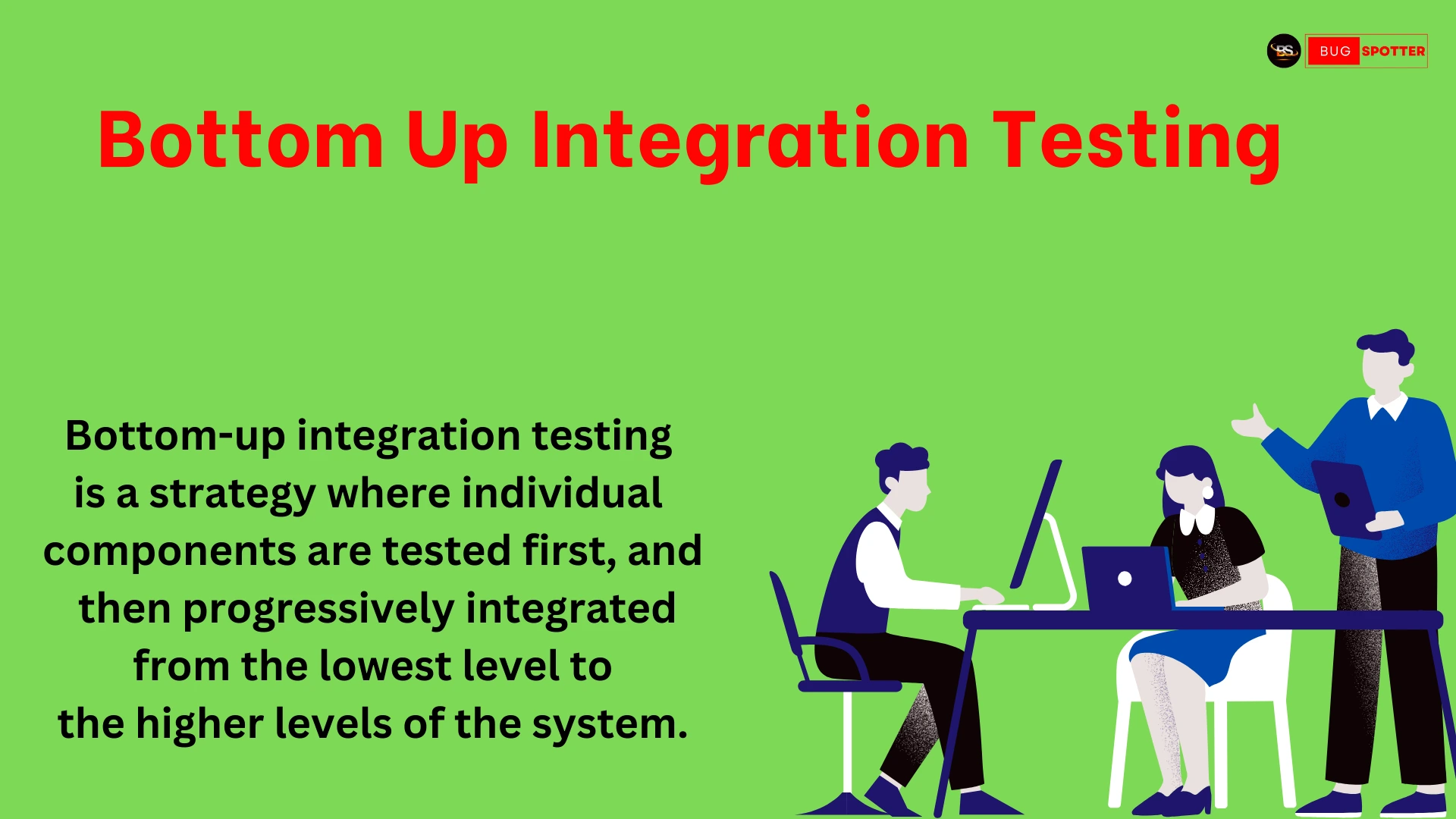What is Search Engine Marketing (SEM)?

In today’s digital landscape, businesses compete for visibility on search engines where billions of searches occur daily. Search Engine Marketing (SEM) has emerged as a powerful digital marketing strategy to ensure brands reach potential customers at the right time. Unlike organic methods, SEM leverages paid advertising to instantly boost a website’s presence on search engine results pages (SERPs). This guide explores what SEM is, how it works, its uses, and how it compares to other digital marketing strategies like Search Engine Optimization (SEO).
What is Search Engine Marketing (SEM)?
Search Engine Marketing (SEM) refers to paid marketing efforts designed to increase website visibility in search engine results. It involves placing paid advertisements on search engines like Google, Bing, and Yahoo to target users actively searching for relevant products, services, or information. The core component of SEM is Pay-Per-Click (PPC) advertising, where advertisers only pay when someone clicks on their ad.
Key features of SEM:
- Immediate visibility
Ads appear at the top or bottom of SERPs, above organic listings. - Keyword targeting
Ads are displayed based on user search queries. - Cost control
Advertisers set daily budgets and bid amounts. - Performance-based
Payment is often tied to measurable actions like clicks or conversions.
How Does Search Engine Marketing Work?
SEM operates through a structured process that ensures relevant ads reach the right audience at the right time. Here’s how it works:
- Step 1
Keyword ResearchIdentify keywords that potential customers use to find products or services. Tools like Google Keyword Planner and SEMrush help pinpoint high-traffic and cost-effective keywords. - Step 2
Setting Up the CampaignCreate an advertising account (e.g., Google Ads), define campaign objectives, target demographics, geographic locations, and device preferences. - Step 3
Bidding and Ad Auction ProcessWhen a user enters a search query, an automated auction determines which ads appear. Factors influencing ad placement include:
Bid Amount: How much you’re willing to pay per click.
Quality Score: Determined by ad relevance, CTR (Click-Through Rate), and landing page quality.
Expected Impact: Considerations like ad extensions and formats. - Step 4
Ad CreationDevelop compelling ads with clear messaging and strong calls-to-action (CTAs). Ads should be relevant to the keyword and provide value to the user. - Step 5
Launch and MonitorOnce live, continuously track performance metrics such as impressions, clicks, conversion rates, and cost-per-click (CPC). Adjust bids, ad copy, and targeting as needed.
Uses of Search Engine Marketing
- Driving Immediate Traffic
Quickly attracts potential customers searching for related products or services. - Boosting Brand Awareness
Increases visibility among target audiences even if users don’t click on the ad. - Promoting Special Offers
Ideal for time-sensitive promotions, sales, or events. - Local Business Visibility
Targets users searching for services in specific geographic areas. - Remarketing
Reaches users who have previously visited your website, encouraging repeat visits and conversions. - Launching New Products
Provides immediate exposure to new offerings.
Why is Search Engine Marketing Important in Digital Marketing?
- Immediate Results
Unlike SEO, which can take months, SEM delivers instant visibility and traffic. - Highly Targeted
Ads can be tailored based on location, device, time of day, and user intent. - Cost-Effective
Pay only when users engage with your ad, making budgeting more efficient. - Measurable ROI
Trackable metrics allow businesses to assess and improve campaign effectiveness. - Competitive Edge
Helps smaller businesses compete with larger competitors for top SERP positions.
How to Create a Successful Search Engine Marketing Campaign
- Define Clear Goals
Identify objectives like increasing sales, website visits, or brand awareness. - Conduct Thorough Keyword Research
Use tools to find keywords with the right balance of traffic and competition. - Create Engaging Ads
Write clear, concise ads with compelling CTAs and relevant keywords. - Optimize Landing Pages
Ensure seamless user experiences with fast-loading, mobile-friendly, and relevant pages. - Set Budget and Bids
Allocate budgets strategically, focusing on high-performing keywords. - Monitor, Test, and Optimize
Regularly analyze data, conduct A/B tests, and refine campaigns for better performance.
What is Search Engine Optimization (SEO) Marketing?
enhancing a website’s organic visibility through content creation, on-page optimization, and link building. Unlike SEM’s paid focus, SEO targets long-term results by improving website relevance and authority.enhancing a website’s organic visibility through content creation, on-page optimization, and link building. Unlike SEM’s paid focus, SEO targets long-term results by improving website relevance and authority.
Key SEO Elements:
- On-Page SEO: Content optimization, meta tags, and keyword usage.
- Off-Page SEO: Building backlinks to increase site authority.
- Technical SEO: Improving site speed, mobile-friendliness, and crawlability.
While SEO takes time to show results, it provides lasting benefits without ongoing ad spend.
Benefits of Professional Search Engine Marketing Services
- Expertise
Gain insights from professionals with extensive industry knowledge. - Time-Saving
Focus on core business operations while experts handle campaigns. - Better ROI
Optimized campaigns ensure budgets are used effectively. - Advanced Analytics
Access to comprehensive data helps refine strategies for improved results.
Latest Posts
- All Posts
- Software Testing
- Uncategorized





Categories
- Artificial Intelligence (5)
- Best IT Training Institute Pune (9)
- Cloud (2)
- Data Analyst (55)
- Data Analyst Pro (15)
- data engineer (18)
- Data Science (104)
- Data Science Pro (20)
- Data Science Questions (6)
- Digital Marketing (4)
- Full Stack Development (7)
- Hiring News (41)
- HR (3)
- Jobs (3)
- News (1)
- Placements (2)
- SAM (4)
- Software Testing (70)
- Software Testing Pro (8)
- Uncategorized (33)
- Update (33)
Tags
- Artificial Intelligence (5)
- Best IT Training Institute Pune (9)
- Cloud (2)
- Data Analyst (55)
- Data Analyst Pro (15)
- data engineer (18)
- Data Science (104)
- Data Science Pro (20)
- Data Science Questions (6)
- Digital Marketing (4)
- Full Stack Development (7)
- Hiring News (41)
- HR (3)
- Jobs (3)
- News (1)
- Placements (2)
- SAM (4)
- Software Testing (70)
- Software Testing Pro (8)
- Uncategorized (33)
- Update (33)





